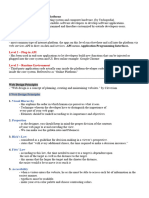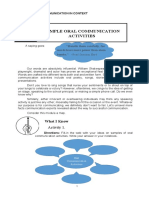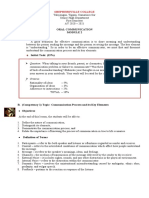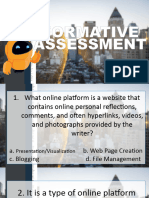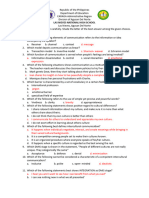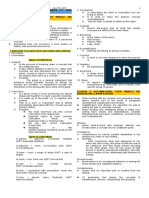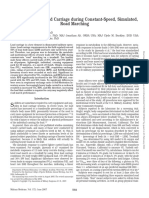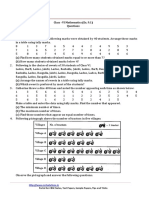0% found this document useful (0 votes)
463 views5 pagesStem 11 - Oral Communication
This document discusses the key elements and process of oral communication. It defines communication as the exchange of information between a sender and receiver through a common channel or medium. The three main elements of communication are the sender, receiver, and message. It then outlines the linear process of oral communication from stimulus to expression of words to reception by the listener. Nonverbal elements like body language, paralanguage, proxemics and haptics are also discussed. Effective communication skills like attentive listening are highlighted.
Uploaded by
Lance CastroCopyright
© © All Rights Reserved
We take content rights seriously. If you suspect this is your content, claim it here.
Available Formats
Download as PDF, TXT or read online on Scribd
0% found this document useful (0 votes)
463 views5 pagesStem 11 - Oral Communication
This document discusses the key elements and process of oral communication. It defines communication as the exchange of information between a sender and receiver through a common channel or medium. The three main elements of communication are the sender, receiver, and message. It then outlines the linear process of oral communication from stimulus to expression of words to reception by the listener. Nonverbal elements like body language, paralanguage, proxemics and haptics are also discussed. Effective communication skills like attentive listening are highlighted.
Uploaded by
Lance CastroCopyright
© © All Rights Reserved
We take content rights seriously. If you suspect this is your content, claim it here.
Available Formats
Download as PDF, TXT or read online on Scribd
/ 5














